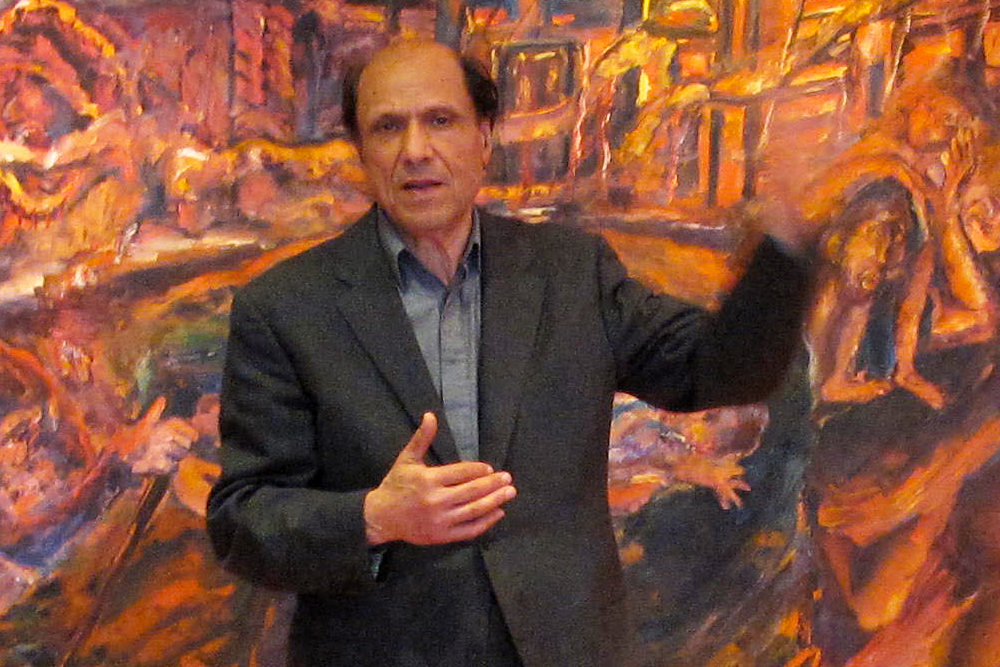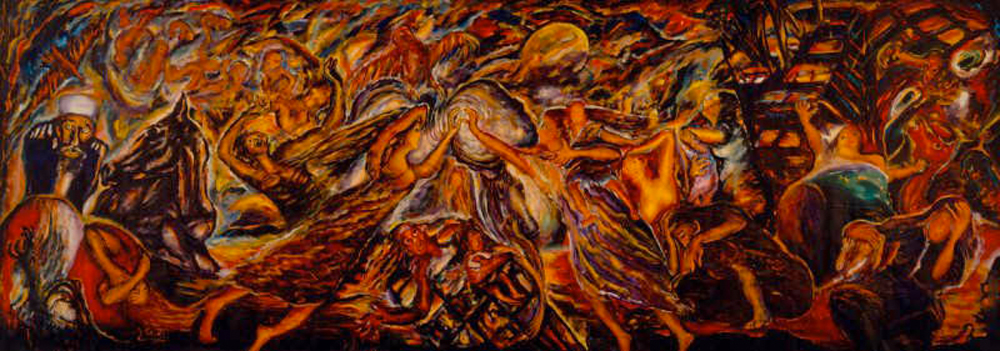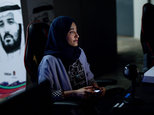
The Lebanese Civil War, which lasted 15 years and ended in 1990, continues to have a lasting impact on Lebanon. Nabil Kanso, a Lebanese-American artist, is well-known for his large paintings that depict the war and its aftermath. Following his passing in 2019, his family established the Estate of Nabil Kanso to uphold his legacy and ensure that future generations would appreciate his work.

Kanso began drawing instead of using his camera after a soldier warned him about the danger of photography. He studied war painting in the UK and Europe in the 1960s, studying the works of Picasso and Goya. Kanso moved to New York in 1966, opened a non-commercial gallery, and garnered the attention of art critics, including Alfred Barr, the first director of the Museum of Modern Art.
Nabil Kanso devoted himself to meticulously documenting and preserving his artwork, knowing that someday it would be appreciated by the world. He sacrificed greatly for his passion, pouring all of his resources and effort into his creations. His son Daniel Kanso points out that his father was one of the few artists who continued to paint during and after the war, depicting the impact of the conflict on Lebanese society in his dramatic paintings. Nabil Kanso's work is a powerful commentary on the Lebanese Civil War, and his memory stands as a testament to his commitment and talent as an artist.
“This was an artist who lived and died for his work.”
— Rawaa Talass (@byrawaatalass) April 28, 2023
Inside Lebanese-American master @NabilKanso’s impressive (and turbulent) five-decade career, witnessing some of the biggest political events of the 20th century. Here’s his profile in @ArabNews: https://t.co/EGNu9PGjoO
Kanso was an artist who created neo-expressionist canvases that covered walls during a time when pop art and minimalism were popular. However, his style and message of peace, pacifism, and humanism were not always welcomed by curators. Kanso was concerned about political chaos and created large-scale work inspired by literature and history that aimed to force viewers to confront the harsh realities of the world.

Although Kanso's work was often deemed too intense for the public, he was ahead of his time, pushing boundaries in a society where Arabs were strongly resented. Despite this, he was remembered as a kind, devoted father who established relationships. His son, Daniel, and daughter, Lilly, are working to raise awareness of their father's remarkable life, with several estate projects underway, including retrospectives in the US.
Ultimately, Kanso's art was not about saving the world, but revealing something deeper about ourselves and connecting us. Although he faced significant obstacles during his lifetime, his legacy endures, and his work is now receiving the recognition it deserves. Kanso lived and died for his work, and as people continue to learn about his art, he will undoubtedly become a more prominent figure in the world of art.

















